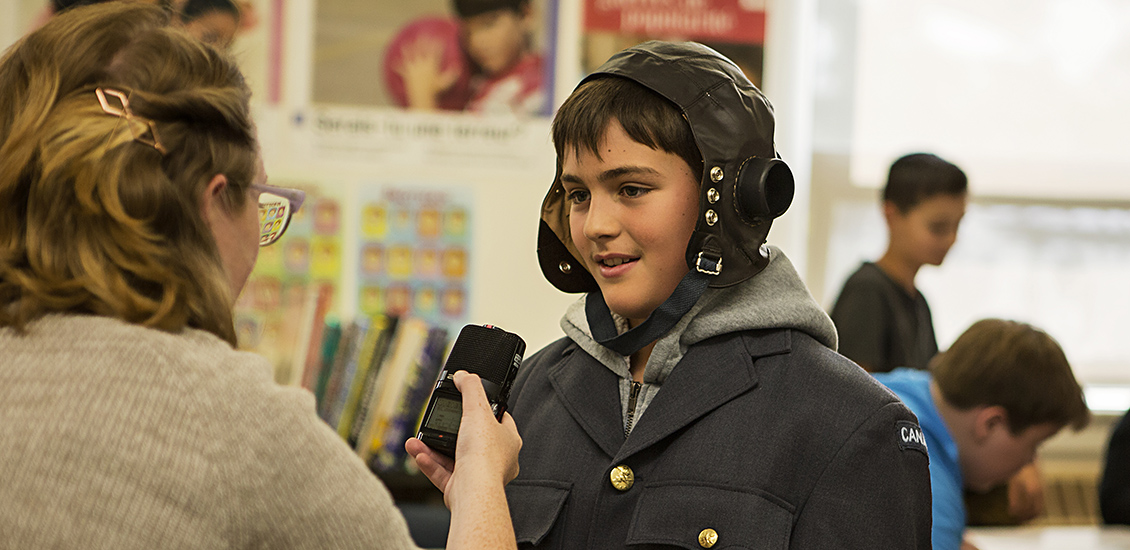It’s a tiny tank by today’s standards, but the Six-Ton Tank M1917 played a key role in preparing Canadian troops for combat in the Second World War. Thanks largely to a generous donor, the Friends of the Canadian War Museum and some skilled volunteers, one of these rare machines is now on display at the War Museum.
In the early days of the Second World War, Canada was in dire need of tanks to train the newly-formed Canadian Armoured Corps but had almost no tanks of its own. The solution came across the border in the form of the M1917. It was an American-made version of the revolutionary Renault FT, the first tank with a fully rotating gun turret, rear-mounted engine and forward driver’s compartment—standard features on most tanks built ever since.
For the Canadian army, the M1917 was not ideal. The tanks were small, slow, and unreliable. Many had suffered from years of hard use and outside storage, and required overhauls before they would work again.
But little else was available, so Canada imported about 250of the tanks, which were sold as scrap metal by the then-neutral United States. The tanks arrived at Camp Borden (now Canadian Forces Base Borden) in October 1940 and remained in service as training vehicles for the next three years. Although slow and unreliable, they were a useful stopgap until newer tanks became available. In 1943, many were scrapped for the much-needed steel they contained, while a few were sold as surplus for use as tractors.
Such had been the fate of the War Museum’s M1917, which was modified and used for years as a logging tractor near Bracebridge, Ontario. When it was acquired in 1997, it was incomplete and in poor condition. Museum staff, volunteers, and contractors spent about 5,000 hours on the restoration and reconstruction, which was generously supported by Richard Iorweth Thorman, the Friends of the Canadian War Museum, and DEW Engineering.
The restored tank now sits proudly in the War Museum’s LeBreton Gallery. One of only two M1917 tanks in Canada, it is also one of fewer than 20 known to exist in the world. It is the embodiment of change in military technology, a symbol of Canada-U.S. military relations, and a reminder of the founding of the Canadian Armoured Corps in the early, desperate days of the Second World War.




